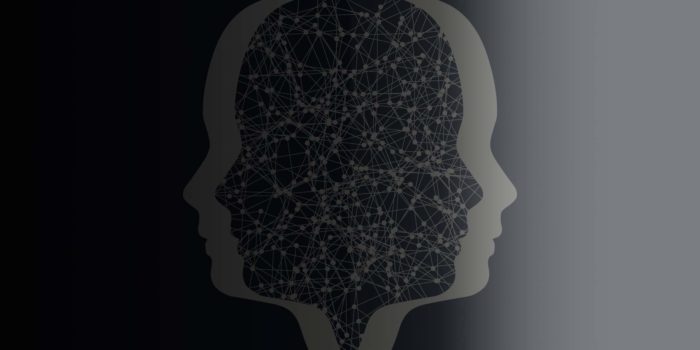Advanced threat and exploit detection is critical to cybersecurity and network defense. zvelo’s Malicious Detection capabilities empower MSSPs, ISPs, TELCOs, network security providers, and VARs to provide world-class protection. Gain advanced insight with the most accurate URL database for malicious exploit detection to better understand the cyber threat landscape. Categories include Command and Control, Malware, Spyware, Spam URLs, Cryptocurrency Mining, Phishing and Fraud, and more. Read more about malicious detection.
zvelo’s Cybersecurity Team shares how you can use Cyber Threat Intelligence (CTI) to successfully deliver actionable intelligence to support executive decision making which protects your Operating Environment (EO).
WordPress is an easy target and attackers are compromising vulnerable and misconfigured deployments to serve Qakbot and other malware.
zvelo’s Cybersecurity experts share recommendations for a core set of cybersecurity tools which can be deployed for robust and balanced security throughout the different layers in the Circle of Trust.
Implementing a multi-tiered Circle of Trust approach to cybersecurity allows maximum flexibility with varying degrees of trust for shared network resources.
This post demonstrates the lifecycle of a website and how it moves through zvelo’s InActiveWeb, ProActiveWeb and ActiveWeb.
While both can be harmful, dangerous, or threaten the safety of online users, there are very clear distinctions between Malicious vs Objectionable content. Understand how zvelo differentiates between them.
zvelo is expanding threat detection capabilities to explore suspicious activity outside the ActiveWeb to include what we call the ProActiveWeb.
Compliance risk assessment platform for video communication and collaboration tools secured against objectionable content with zveloCAT full-path categorization.
DetailsSoaring profits and easy targets are driving cyber criminals to capitalize on the business of Ransomware-as-a-Service (RaaS).
This presentation shares zvelo’s proactive research around suspicious Coronavirus domain behavior and details top observed trends showing specific examples.








